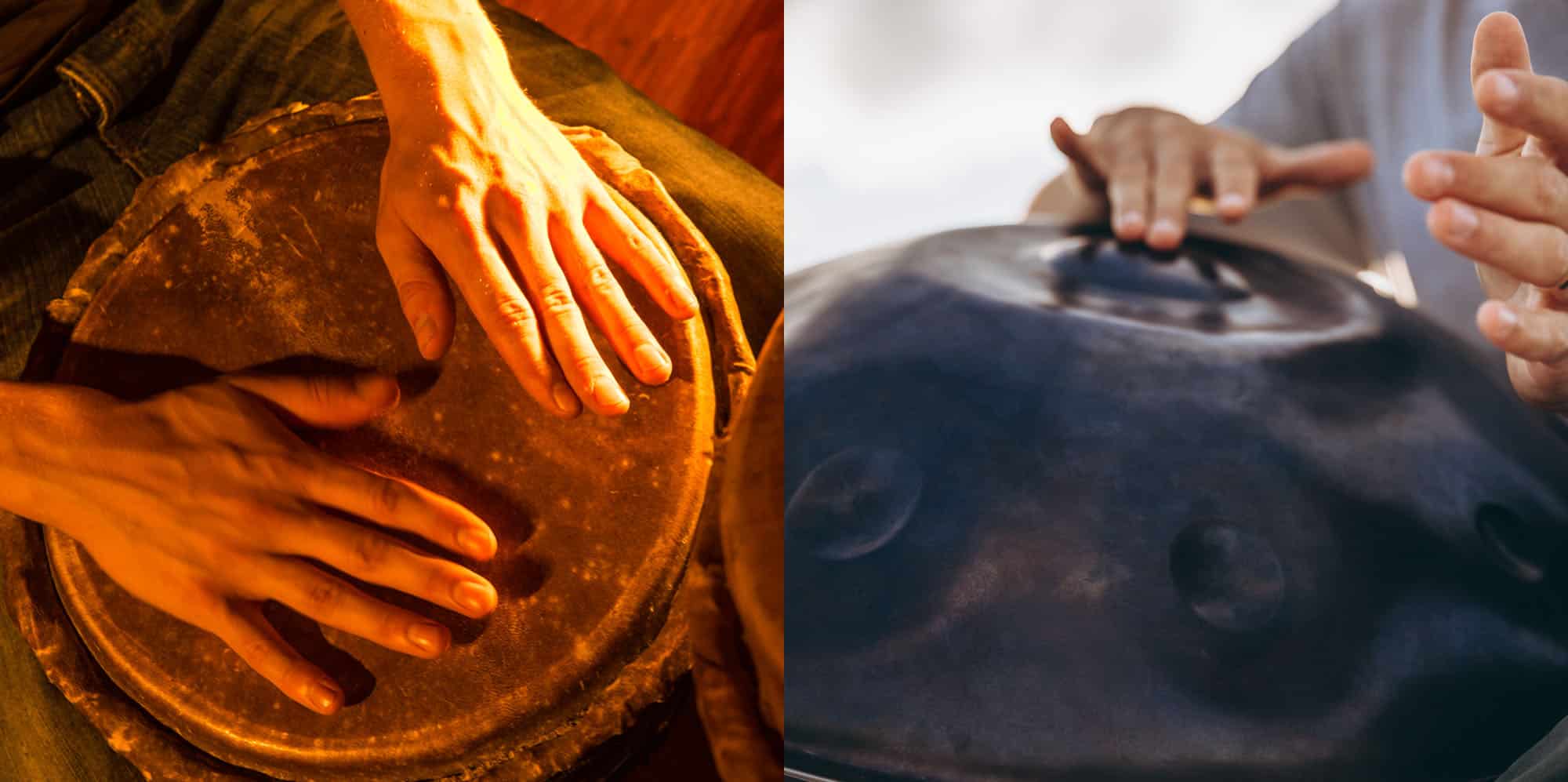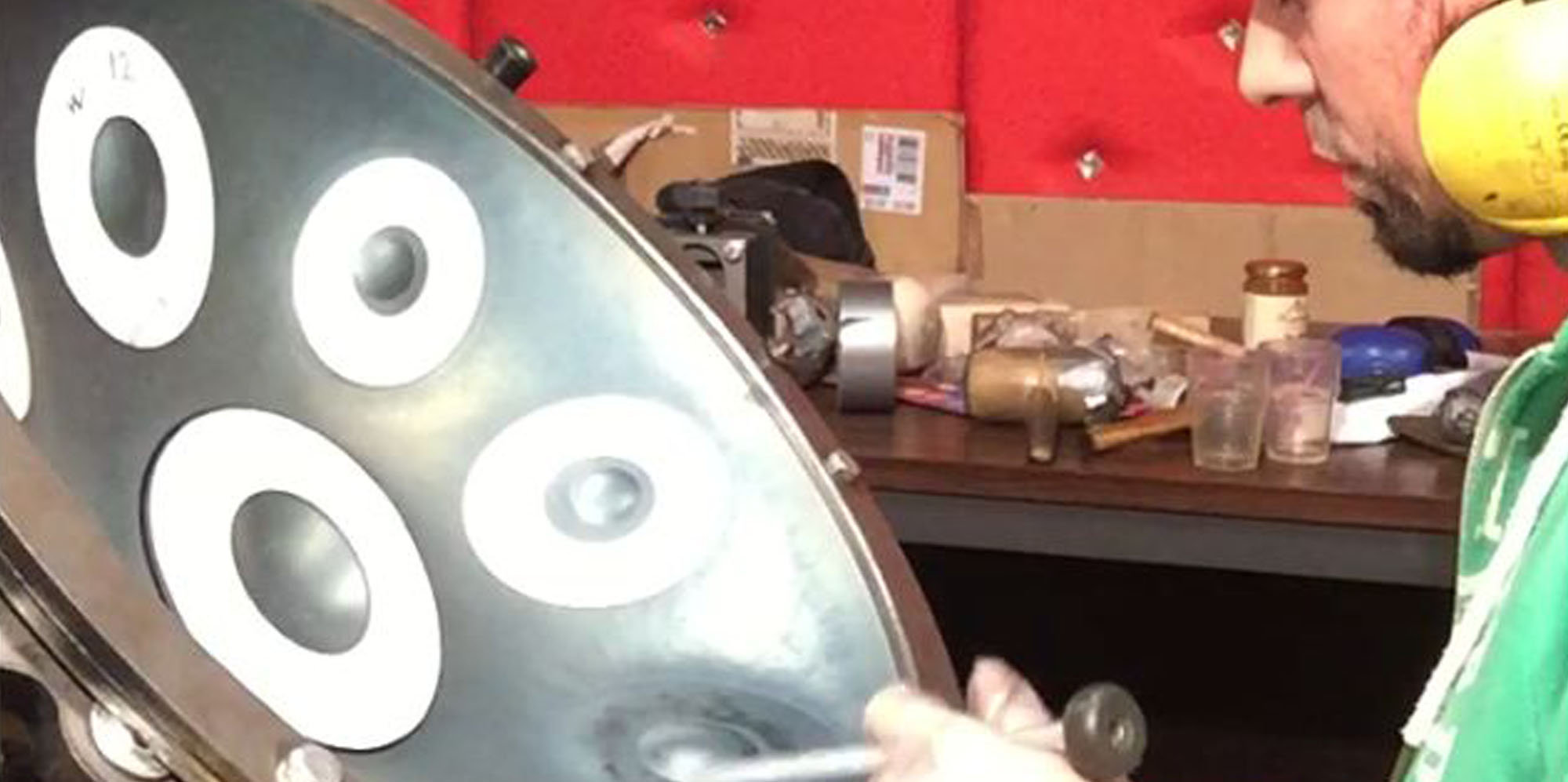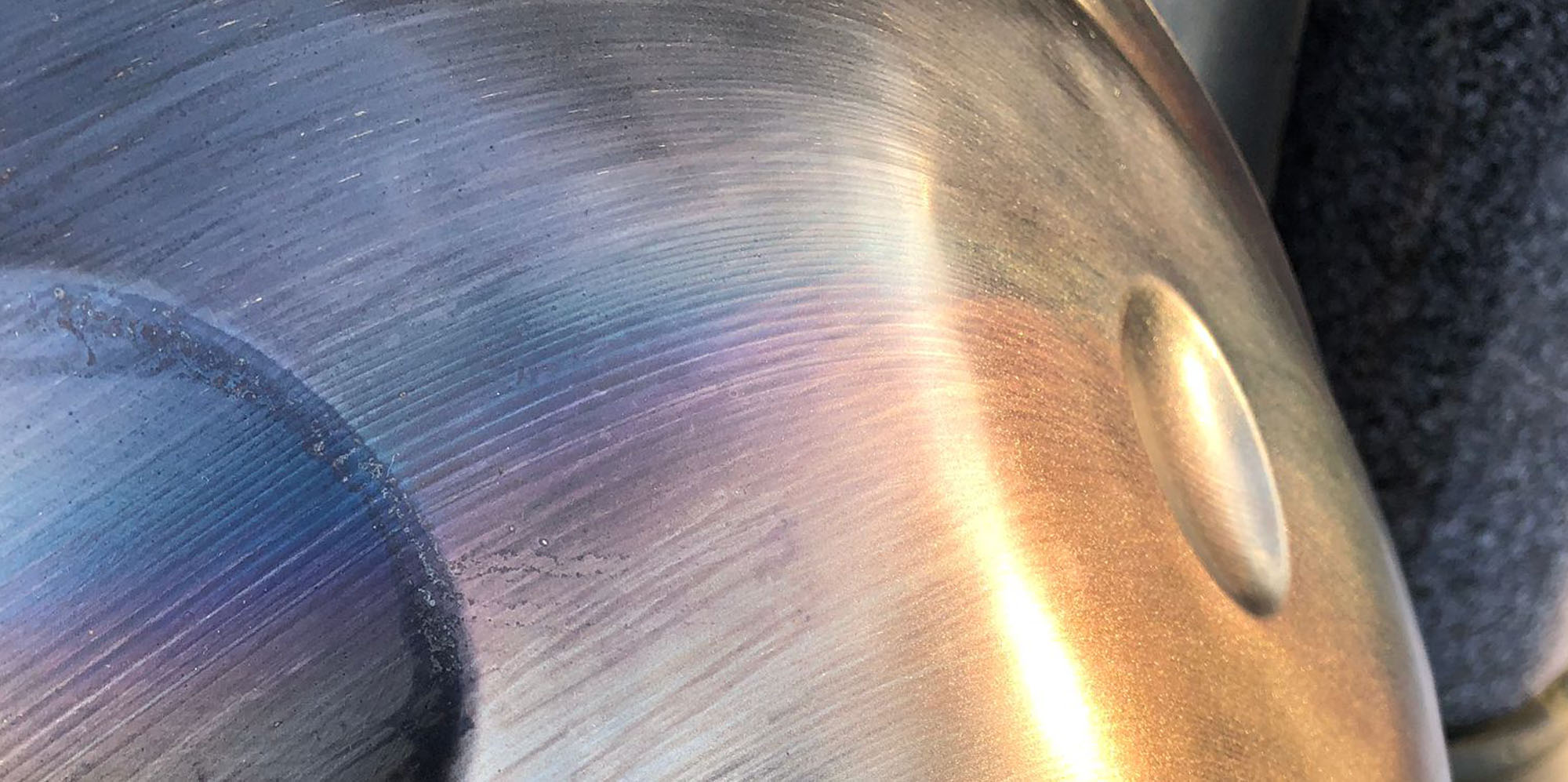When you’re starting to learn about or play a handpan, it’s important to understand the difference between this instrument compared to more traditional drums such as the djembe.
The handpan and djembe are both percussion instruments, but they have distinct differences in terms of their construction, sound, and playing technique. Understanding these differences is important for effectively playing each instrument and achieving the best sound.
One of the main differences between the handpan and djembe is their construction. The handpan is a steel drum with a convex bottom and a concave top. The notes are created by a series of precisely tuned and shaped notes that are struck with the hands. The djembe, on the other hand, is a goblet-shaped drum made from wood and goat skin. The notes are created by striking the head of the drum with the hands.
Due to the difference in construction, the handpan and djembe produce different sounds. The handpan has a unique, harmonious and melodic sound, while the djembe has a deeper and more powerful sound. The handpan is often used in meditative and contemplative music, while the djembe is more commonly used in traditional and ethnic music, such as African and Caribbean rhythms.
Another key difference between the handpan and djembe is the playing technique. The handpan is played with a gentle touch, using the fingertips to strike the notes. The handpan’s notes are tuned, and the player can play melodies and chords by striking different notes in succession.
The djembe, on the other hand, is played with a more dynamic and expressive technique, using the palms and fingers to strike the head of the drum. The djembe does not have tuned notes and the player can create rhythms by striking different parts of the head with different techniques.
Additionally, the handpan is often played solo and its music is often improvised, while the djembe is often played in ensemble and its music is often composed and planned. The handpan requires more precision and control than the djembe, which requires more energy and expressiveness.
Another important aspect is the physicality of playing the instruments. Playing the handpan requires a relaxed and comfortable posture and a light touch. Playing the djembe requires a more dynamic posture and a more powerful and expressive touch.
The Difference Between The Way You Play A Djembe Versus Playing A Handpan
There are several different techniques that can be used to strike the djembe, such as the bass, tone and slap. Each technique produces a different sound and can be used to create a variety of rhythms. The bass technique is used to produce a low, deep sound, the tone technique is used to produce a high, clear sound, and the slap technique is used to produce a short, sharp sound.
The handpan is played with a gentle touch, using the fingertips to gently strike the notes. Because the handpan’s notes are tuned the player can play melodies and chords by striking different notes in succession or in unison. Unlike the djembe, the handpan requires a more precise and controlled technique, striking the notes accurately to produce the desired sound.
Another key difference between the way you strike a djembe and a handpan is the use of dynamics. Dynamics refer to the variations in volume and intensity in music. While the djembe is often played with a more dynamic and expressive technique, using the full range of dynamics to add emotion and expression to the playing, the handpan is often played with a more delicate and subtle touch, using dynamics to highlight the unique and harmonious sound of the instrument.
In summary, while both the handpan and djembe are percussion instruments, they have distinct differences in terms of their construction, sound, and playing technique. Understanding these differences is important for effectively playing each instrument and achieving the best sound.
The handpan is a harmonious and melodic instrument, while the djembe is a powerful and expressive instrument. The handpan is played with a gentle touch, while the djembe is played with a more dynamic and expressive technique. Playing each instrument correctly requires different skills and techniques, and it’s important to approach each instrument with the right mindset and technique.
Understanding these differences is important for effectively playing each instrument and achieving the best sound.




